If you’ve been using Macs for a while, you may remember when Microsoft was offering Internet Explorer for the Mac. There was even a 5-year period (1997 through 2003) when it was the default browser for the Mac. Microsoft stopped developing Internet Explorer for the Mac in 2003 when Apple released the Safari browser. The last non-security update of Internet Explorer occurred in the summer of 2003.
It’s been sixteen years since Microsoft has actively been involved in the Mac web browser market, but in late spring of 2019, Microsoft unveiled the Edge browser for the Mac during its developers conference.
![]()
Microsoft Edge Browser Versions
The preview of the Edge browser for the Mac is currently available in two versions, with a third to be offered soon:
- Microsoft Edge Canary: This version represents a nightly build incorporating bug fixes, feature enhancements, and performance tuning.
- Microsoft Edge Dev: This is a weekly build incorporating the most stable changes to the Edge browser that occurred during the week.
- Microsoft Edge Beta: Not yet available, this version will be on a 6-week update cycle, and will contain the most stable changes to the Edge browser.
The Canary, Dev, and Beta versions of the Edge browser can be downloaded from the Microsoft Edge Insider website. I’ve noticed that there are a number of other download sites offering versions of the Edge browser for the Mac. I advise only acquiring the preview or beta versions of the Edge browser directly from the Microsoft Edge Insider site.
Microsoft Edge Canary
We’re going to use the Canary version of the Edge browser for this mini review and benchmark because we want to have the most current version with as many bug fixes in place as possible. This also means we’ll be working with a version most likely to have issues of some type. But that’s OK; we knew before we started that Edge is currently in a pre-beta state.
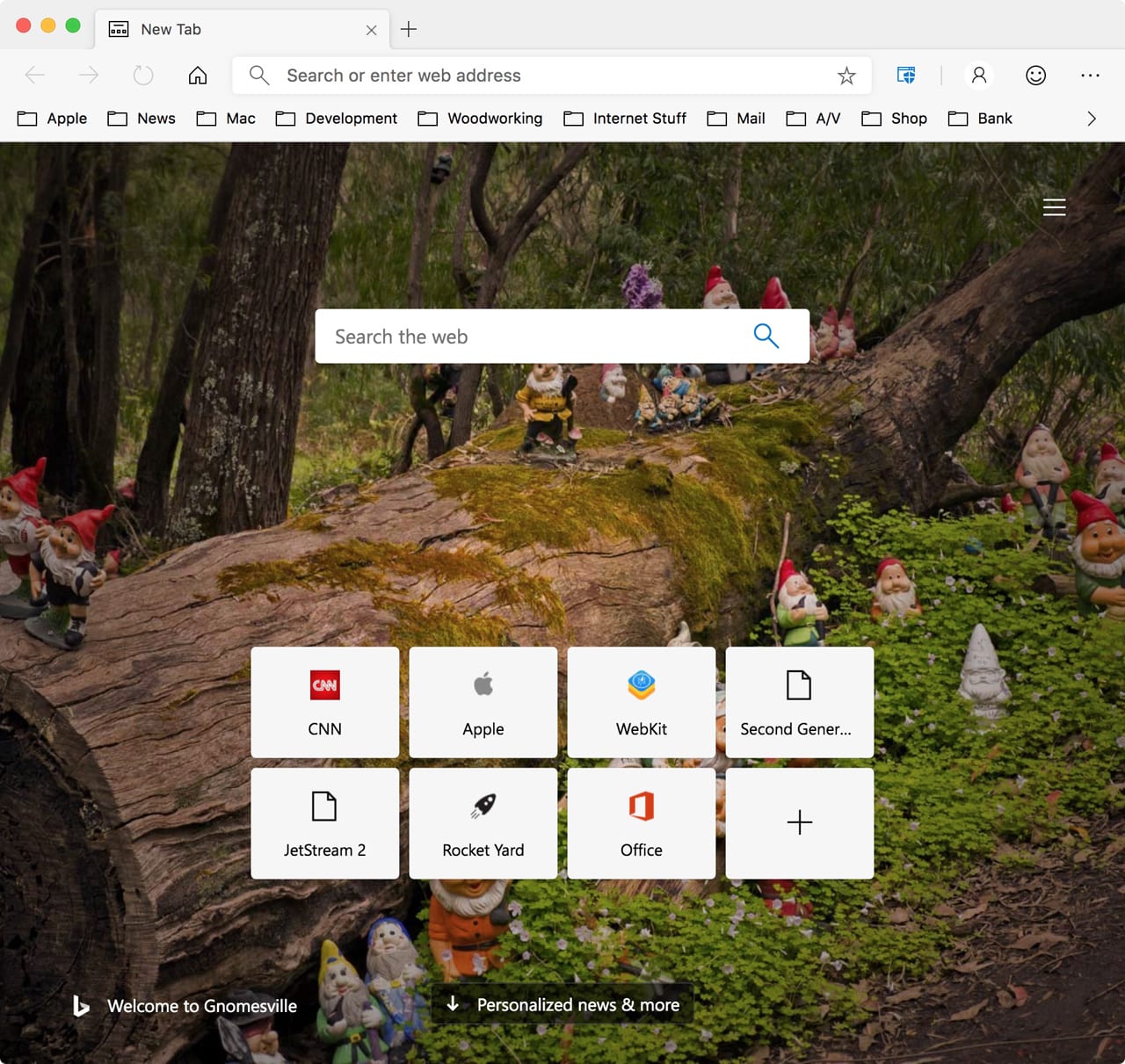
Speaking of bugs or issues, I was pleasantly surprised at how robust the current version of the Edge browser is. During benchmarking and daily use it distinguished itself as being very stable and performed well in our basic benchmarks.
There were a few blips; a few times, Edge wouldn’t quit without being forced to, and some preference settings don’t seem to actually work yet. But overall, it’s a very impressive preview.
Some of that isn’t surprising; after all, at heart, Edge is running an open source Chromium engine, the same rendering engine that powers Google’s Chrome browser. Microsoft is adding interface elements for the Windows and Mac versions, and tweaking performance for a good fit with Microsoft’s own family of web apps.
Edge Features
Although this is just a preview, Edge has been developing at a fast pace. The current version of Edge has Touch Bar support, updated keyboard shortcuts that match up to what Mac users will be expecting, and media casting, which allows you to play videos or audio on an external device.
You’ll find all the usual browser features, including bookmarks/favorites, tabs, private browsing, muting tabs, pinning tabs, a download manager that can track downloads by file types, and a handy Task Manager which conceptually is like the Mac’s Activity Monitor, but only tracks Edge-related processes. Also recently added is basic support for the Mac’s Dark Mode.
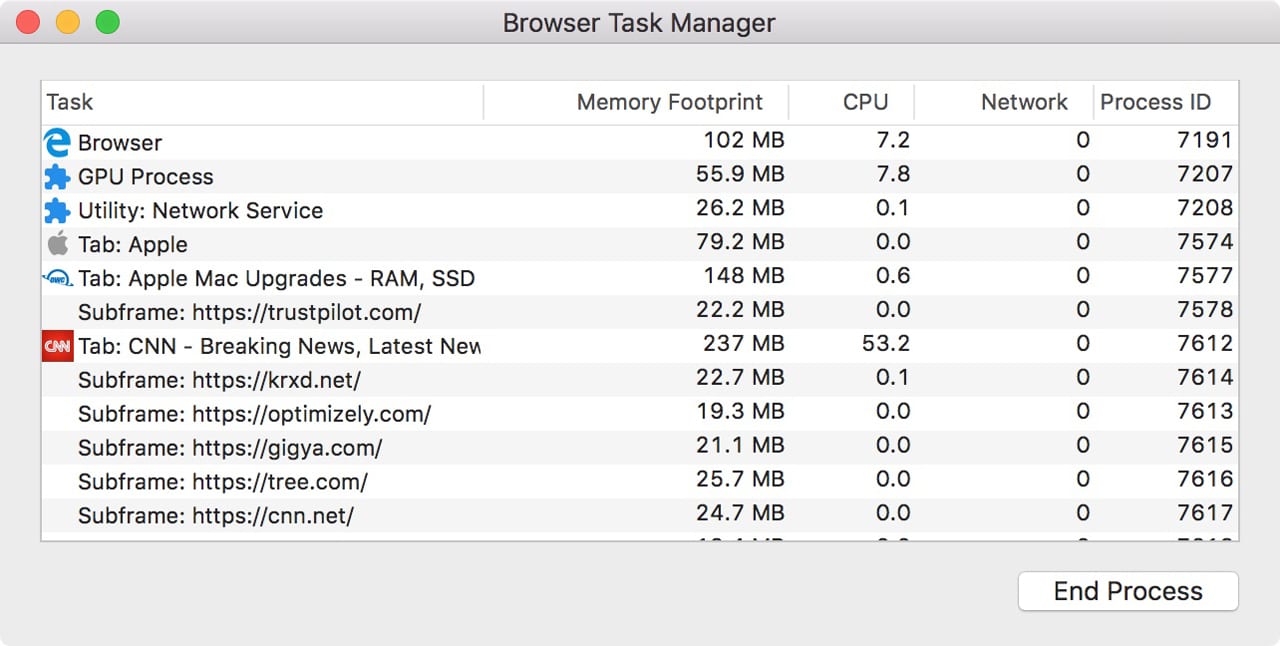
I tried a few Edge extensions available from the Microsoft store without running into any issues. I didn’t try it, but Edge also allows you to use third-party add-ons/extensions, although that feature is turned off by default. Once the feature is enabled, most Chrome/Chromium-based extensions should work with the Edge browser.
One interesting feature, so far only seen in Edge, is Collections, a tool for allowing users to collect text, images, just about any information you may come across while browsing, and save it in collections. Collections maintains links back to the original website where you found the interesting tidbit.

Microsoft is also providing Edge with some interesting privacy protection that can block web trackers and provide site-by-site permissions, allowing you to specify if a site you frequent should be allowed to use cookies, use location services, access the camera or microphone, or send notifications. In many ways, this is similar to Safari’s website settings, but Edge goes a few steps further by providing more options for what can be allowed or blocked.
I hope the Safari developers are checking out the Edge browser. I think it would be a cool feature to be able to reject or accept cookies on a site-by-site basis.
Generally, if you like any of the Chromium-based browsers, such as Google’s Chrome, you’ll find the features and interface of Edge to your liking.
Performance
We’re going to have a bit of fun and do a preliminary benchmark on the Edge browser. Let me be candid; this is not a fair benchmark. At this point in time, Edge is a pre-beta, and overall performance issues sometimes don’t get shaken out until later in the beta process.
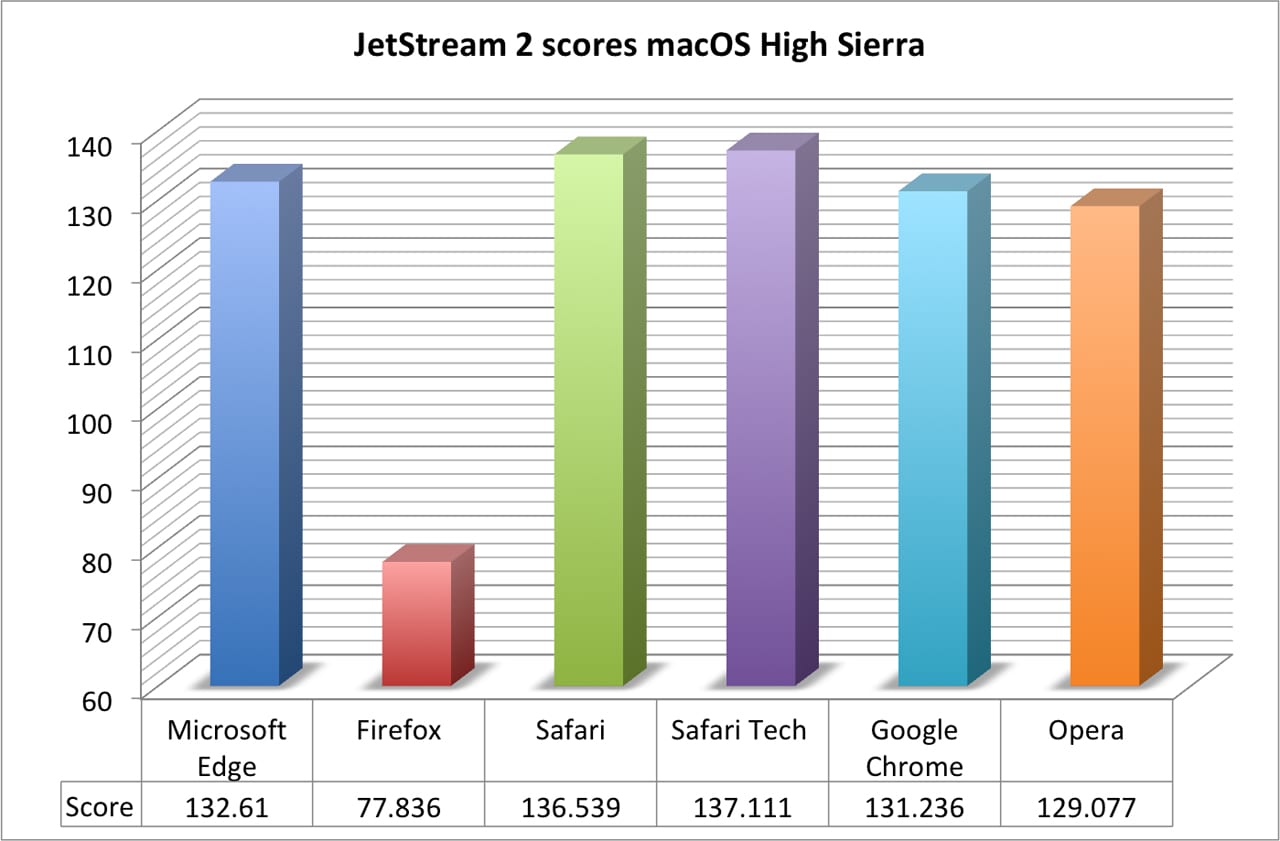
Nevertheless, one of Edge’s goals is to provide a boost in performance for web apps, so it makes sense to see where the Edge developers are at achieving this goal by running a benchmark or two.
This is not a comprehensive benchmark test; we’re going to use JetStream 2 to gauge the overall performance of Edge, along with Safari, Google’s Chrome, Opera, and Firefox. We also threw in Safari Technology Preview, figuring that there should be at least one other beta app in the brew.
JetStream 2 is my preferred choice for basic web browser benchmarks. It’s made up of 64 subtests that ensure a browser can’t be optimized to ace the benchmark test. This is achieved by ensuring that what may be optimum code for one test will be subpar for another. Taken together, the 64 tests result in a pretty fair indication of the overall performance of the browser under test.
Normally I would break out the subtest results and provide information on each, but since we’re just trying to get a handle on how well the Edge browser is performing in relation to other popular Mac browsers, the single overall score is all we need.
The results of the benchmark are about what we expected, Edge is already performing very well, keeping pace with, and sometimes exceeding, the performance of other Chromium-based browsers. Safari and Safari Technology Preview came out on top, but by such slight margins that there would be no detectable real-world difference in performance.

Firefox fared the worst, with the lowest overall scores. But once again, it’s important to point out this isn’t a comprehensive benchmark, and it’s not clear to me that in real-world use anyone would notice the performance discrepancy.
With Edge still a pre-beta offering, the performance in these tests is very impressive. It seems to me the Edge browser, once released, may set the pace for raw browser performance.
The Edge browser has a large footprint, using a good deal of a Mac’s CPU performance by spawning multiple helper apps using multiple threads to render web pages. Overall, this helps the pages to render quickly, and for web-based apps to perform well. But it may also result in a noticeable hit in CPU usage, depending on what other tasks your Mac is engaged in.
But it’s always important to remember the Edge browser is a beta app, and some of the large footprint will likely be trimmed back as the app undergoes performance tuning by the Microsoft developers.
Is Edge for You?
It’s too early to suggest that the Edge browser is a must-have, but if you like trying out new browsers I definitely suggest grabbing the Dev or Beta version of Edge and putting it through its paces. If the current releases are any indication, the Edge browser may well deserve a place in your list of Mac apps.
And who doesn’t like trying out something new? Watch out Google Chrome; you may find yourself bumped down a notch or two, at least on the Mac OS. At this point, Safari is still the better browser, and I suspect that will be the case for some time to come. But Safari developers should be paying attention to the Edge browser.
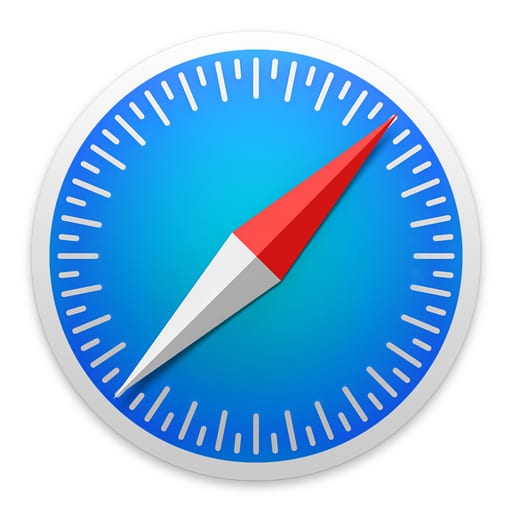
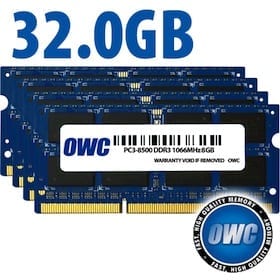






I don’t trust MS. I wonder what they do with the data they collect from edge browsing and I wonder if they collect more info than safari or chrome which I know sells off every bit on you.
According to Netflix, the only way to stream its 4K content to a computer is with the Edge browser, thus effectively limiting this functionality to Windows users. Now that an Edge beta is available for the Mac, it would be very interesting if you could test it to determine if it also allows 4K Netflix streaming.
What versions of OS X/macOS are supported?
Not everybody is running the latest stuff. And far too many software vendors make this info very difficult to find.
And in particular, who wants an installer package scribbling all over their filesystem only to find out it won’t run and then be stuck cleaning up the mess it left…
Microsoft Edge browser for Mac currently has a minimum system requirement of macOS 10.12 (Sierra). That minimum requirement may change as the development of the browser proceeds.
Tom